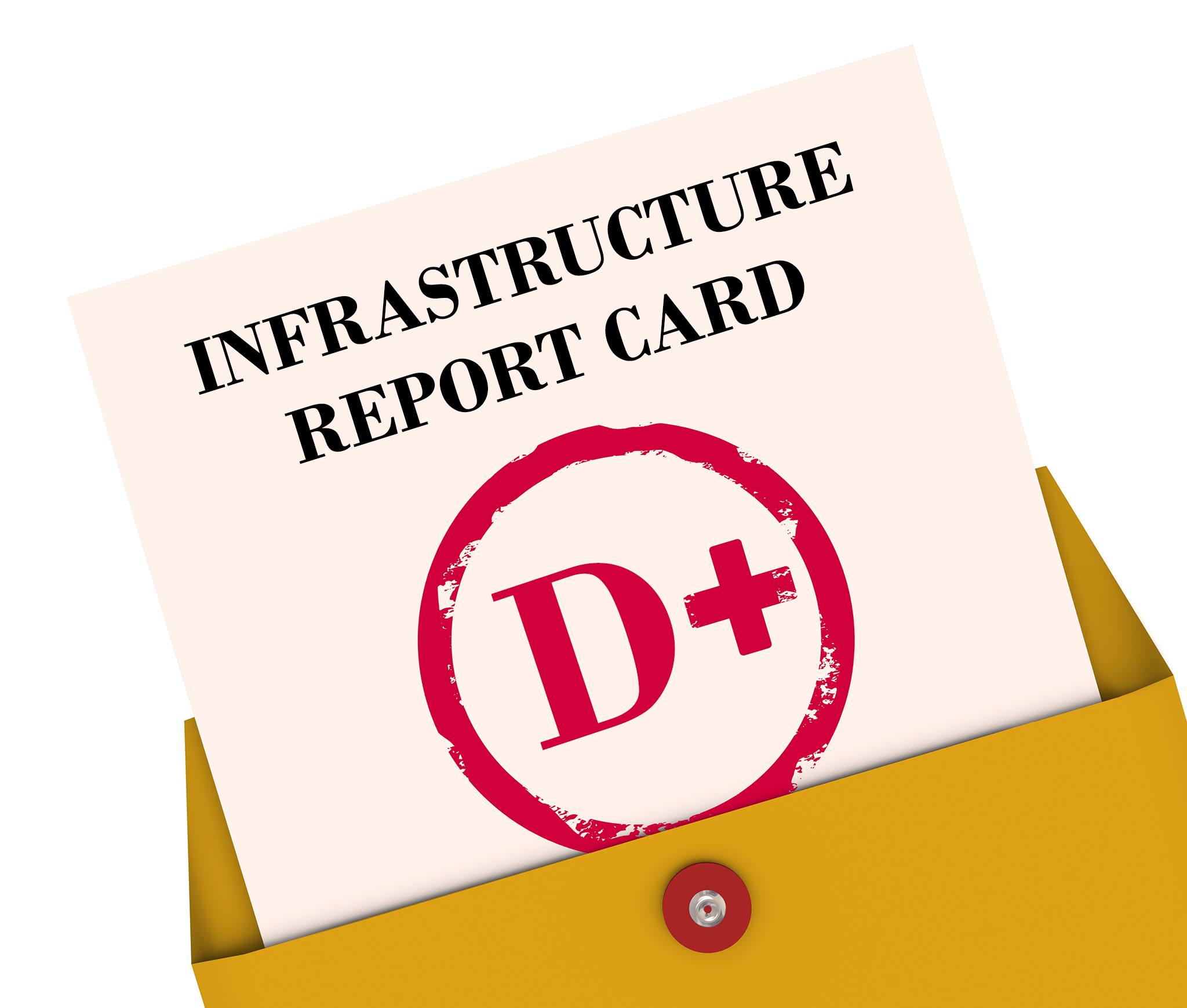Administration Gives State-by-State Descriptions of Broadband Infrastructure
Randy Sukow
|

In a pitch to gain popularity for its $2-trillion American Jobs Plan, the Biden Administration this week is distributing a series of Fact Sheets in which it grades the current level of infrastructure quality and availability in all 50 states, Puerto Rico and the District of Columbia. The plan calls for $100 billion in spending for broadband infrastructure, although the administration has yet to reveal details of how it would spend those funds.
Listed along with reviews of roads, bridges and public water facilities, the fact sheets offer an assessment of broadband facilities now available in each state. For example:
- The Mississippi (PDF) fact sheet gives the state’s overall infrastructure a “D+.” Under “Broadband” it claims that 26 percent of the population lives in areas with no access to high-speed service and 50 percent lives in areas served by just one provider. “Even where infrastructure is available, broadband may be too expensive to be within reach. Twenty-three percent of Mississippi households do not have an internet subscription,” it says.
- Montana (PDF) got a “C” for its overall assessment. The broadband results were similar to Mississippi’s with 28 percent of residents unserved, 64.6 percent served by one provider and many said to be unable to afford broadband service.
- The administration does not give the state of Indiana (PDF) an overall letter grade but does claim there are holes in the state’s broadband availability. It estimates 12.4 percent unserved and 48.4 served by one provider. It also finds that about 16 percent of Indianans have no internet subscription at any speed.
None of the fact sheets provide the source of its broadband statistics, although in the past the Commerce Department has provided estimates of unserved populations and populations served by one provider. The administration does not specify the definition of “broadband” it uses for its assessment. Most sheets say the level of unserved population is “by one definition.”
Most states received a letter grade for their overall level of infrastructure, but none of them rose above a “C,” except for the state of Georgia (PDF), which got a “C+.” Each fact sheet, including Georgia’s, leads with a statement claiming the state “has suffered from a systemic lack of investment.”
The American Jobs Plan has run into some criticism over the administration’s use of the word “infrastructure.” Many of the items included in the state-by-state infrastructure report cards, such as childcare, healthcare for veterans and manufacturing facilities, do not refer to public works projects traditionally termed “infrastructure.”
Energy Secretary Jennifer Granholm said during a recent TV interview that infrastructure “evolves to meet the American people’s aspirations.”
The state-by-state assessments of electric infrastructure, for example, do not speak directly to smart grid technologies or generation and transmission facilities. Instead, they address the state of “home energy” with descriptions of “clean energy” investments and the affordability of electric service for low-income households.


